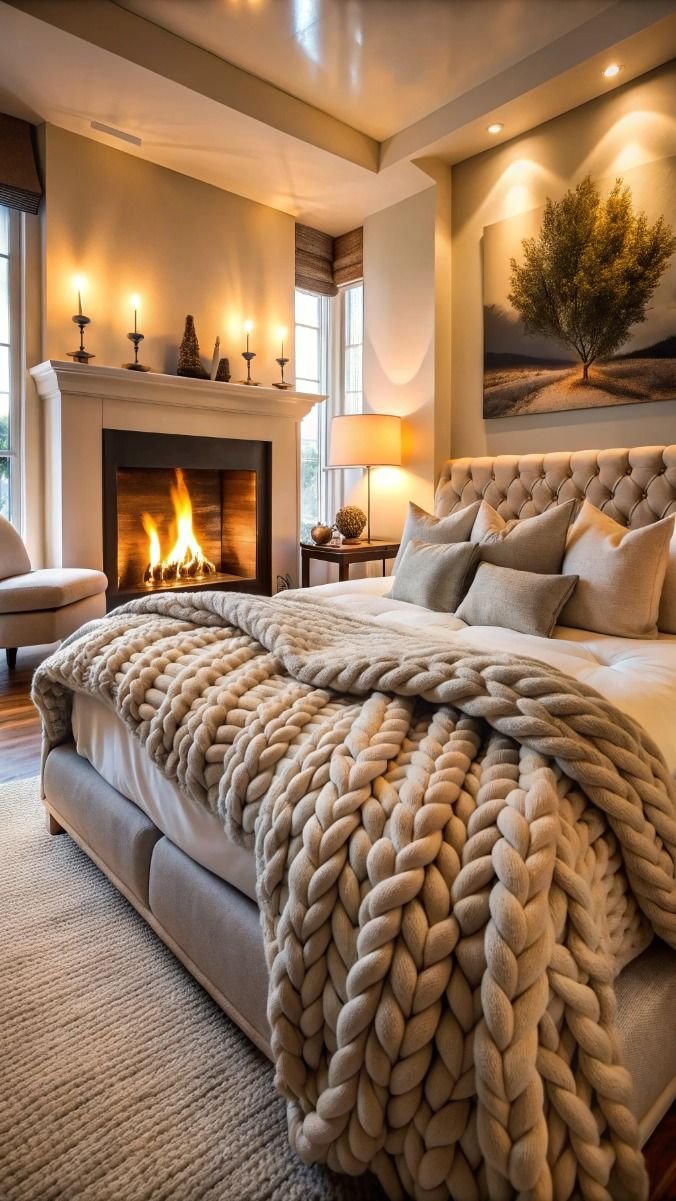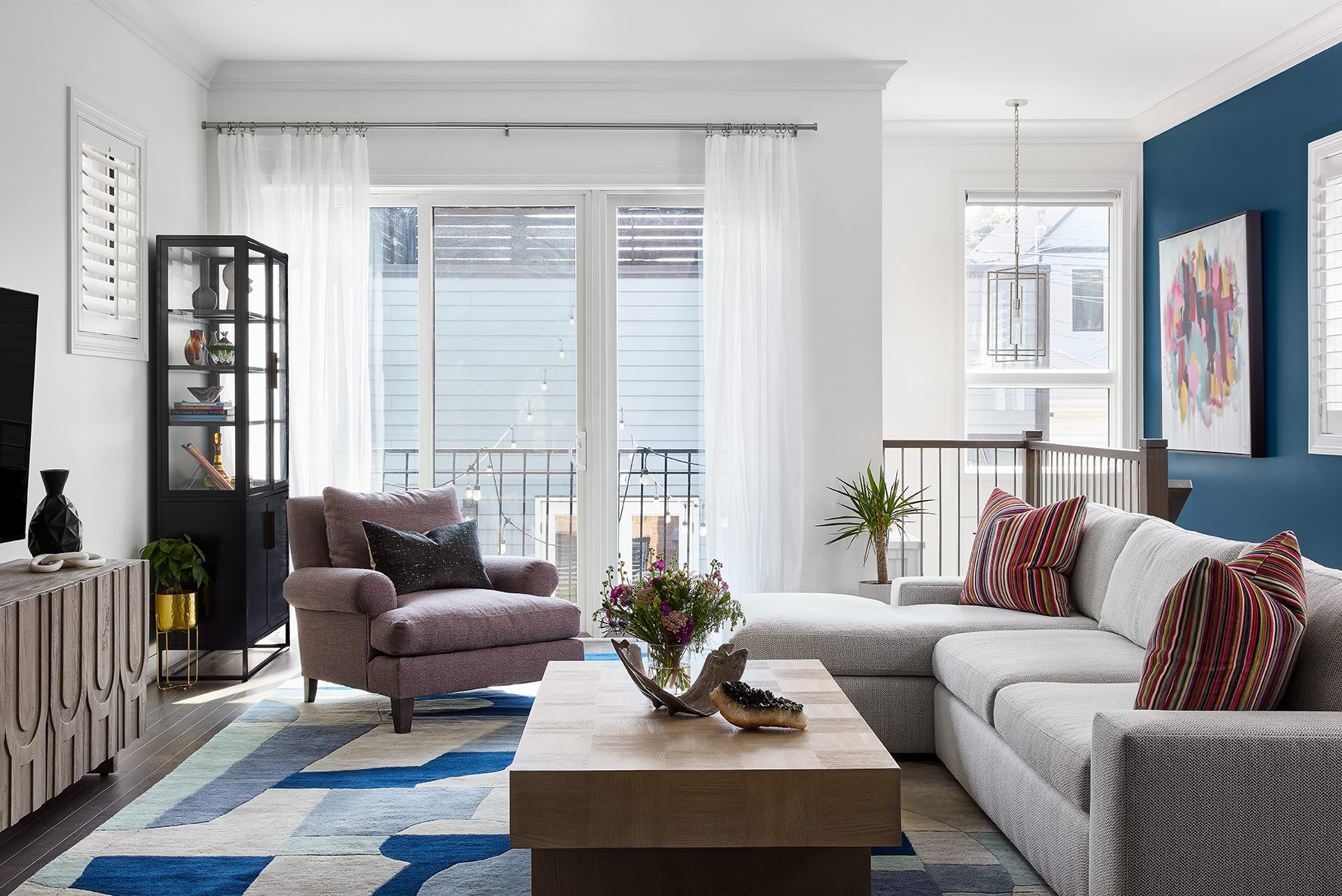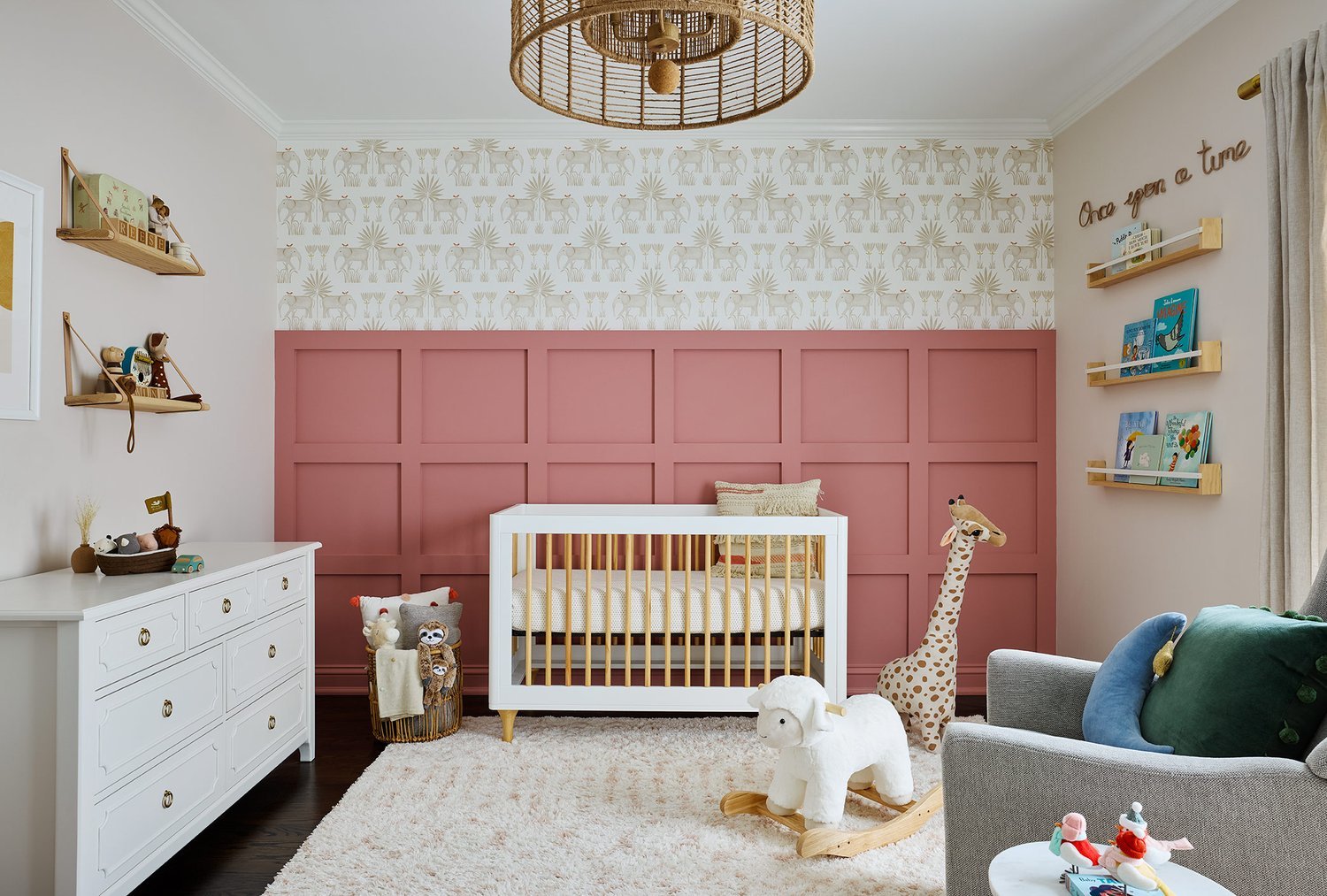Picture lights aren’t a staple in every home, but perhaps they should be... Designed to illuminate artwork, they can also be used in a multitude of other ways to create a spotlight or set the mood. Whether mounted on the wall, attached to a frame, or installed as part of a larger lighting system, picture lights are incredibly versatile without being obtrusive.
Let’s explore why they’re used, how to choose the perfect one(s), and where to install them in your own home.
How to Choose a Picture Light
There are many different styles, sizes, and finishes of picture lights, and the one you choose will depend largely on what you are illuminating and your decor style. Here are a few considerations to keep in mind:
Size
As a general rule of thumb, the width of a picture light should be at least one-third the width of the picture frame it’s illuminating. Maintaining this proportion ensures that the light complements the artwork, fully illuminating it without drawing attention away from the piece itself.
Position
Ideally, a picture light should be centered above an artwork to ensure an even spread of light across the piece. Most picture lights have an adjustable head that can direct light exactly where you need it without casting shadows across your art. In terms of creating space between the work and the picture light, aim to mount the light around 6-12 inches above the artwork.
Power Source
There are two main types of picture lights: battery-powered and wired. Battery-powered picture lights are very popular as they can be placed wherever needed and have a built-in power source that can be replaced. If you have a plug behind or directly below your artwork, you might opt for a plug-in option instead.
Finish Options
Most picture lights have either metal or powder-coated paint finishes. Popular metals include brass, bronze, chrome, and nickel, while paint finishes can come in black, white, and many other colors. We recommend choosing a finish that complements the frame of your artwork and the rest of your decor. For example, chrome is ideal in a modern home while antique brass or bronze may suit a more traditional home.
Creative Ways to Use Picture Lights
Picture lights can be used in unconventional areas to make a compelling lighting statement. For example, you can install them within open shelving to create a museum-like curio cabinet effect for your books and knick-knacks. You can also hang a picture light over a mirror to brighten up a vanity. We’ve even seen picture lights used as sconce replacements to create a sleek, modern lighting scheme in a hallway or office.
Picture This: Better Lighting at Home
Picture lights were invented as a means of illuminating artwork, but they can do so much more. Not only do these specialty lights enhance the visibility of your favorite art pieces, but they also bring out the colors, details, and textures of their surroundings. They’re easy to install while still being highly functional and stylish. For any more questions about picture lights, please send us an email and we’ll be happy to assist!
Photo Credit: PAULA INTERIORS
Photo Credit: PINTEREST
Photo Credit: Lightology
photo credit: PINTEREST







































































































